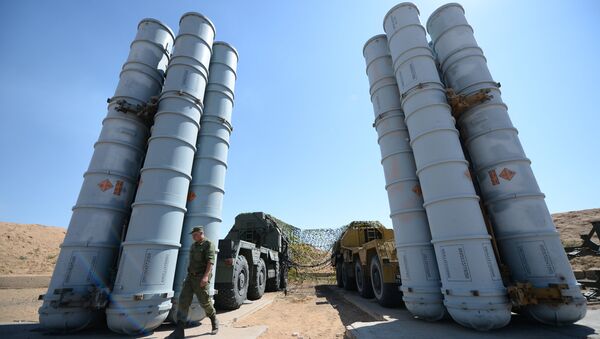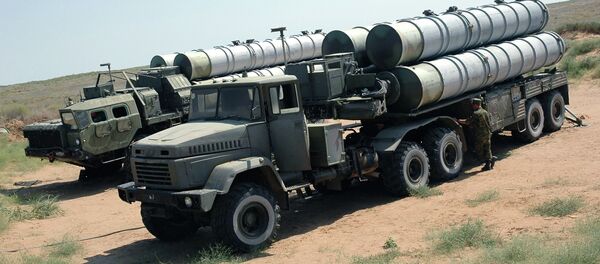The United States fully understands that "Russian and Chinese weapons in the Middle East dramatically alter the balance of power in the region and beyond," the media outlet quoted Ruslan Pukhov, who heads the Moscow-based Centre for Analysis of Strategies and Technologies, as saying.
For instance, they served as a potent deterrent in Syria in 2012, the media outlet noted. Three years ago Washington decided not to strike Damascus-led forces among other things because the Syrian Army had a number of these surface-to-air missile batteries in service. The Americans, according to Zvezda, did not want to see the S-300 in action.
American experts say that S-300 systems in Iran will ultimately create a no-fly zone for the F-16s and F/A-18s over the country, the media outlet noted. The B-2s and F-22s are capable of operating in areas guarded by the S-300 for a limited amount of time since the Russian-made missile defense system can easily change its location within hours.
"This missile defense system could deny access to the airspace over the Persian Gulf. … It could almost completely neutralize Turkey's military capabilities. Israel and Saudi Arabia will automatically lose their air supremacy and will be unable to carry out airstrikes in the region as well as some parts of Syria," he noted.
Moscow and Tehran signed an $800-million deal for the delivery of five S-300 missile systems in 2007. In 2011, Iran sued Russia in the Geneva Arbitration Court after Moscow suspended the contract in 2010, citing a UN Security Council resolution that placed an arms embargo on Tehran.
Russian President Vladimir Putin lifted the S-300 delivery ban in April 2015, shortly after the P5+1 group of international negotiators and Iran reached a framework nuclear agreement to remove all economic sanctions against Tehran in exchange for its pledge to ensure that all nuclear research in the country will be for peaceful purposes.


